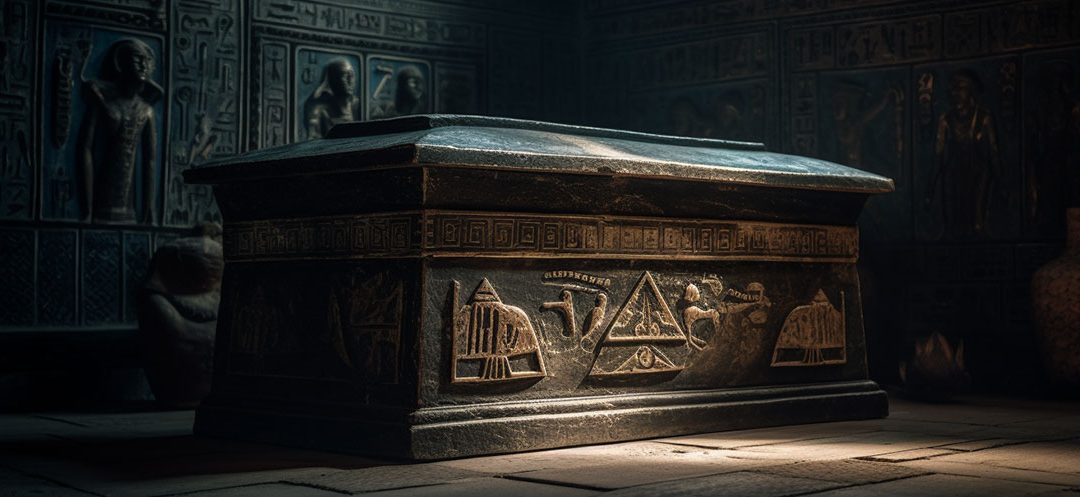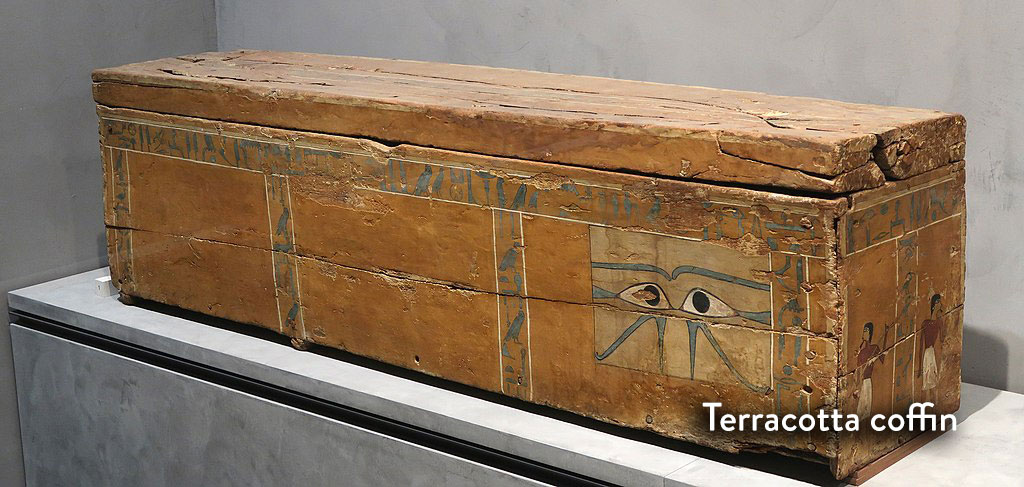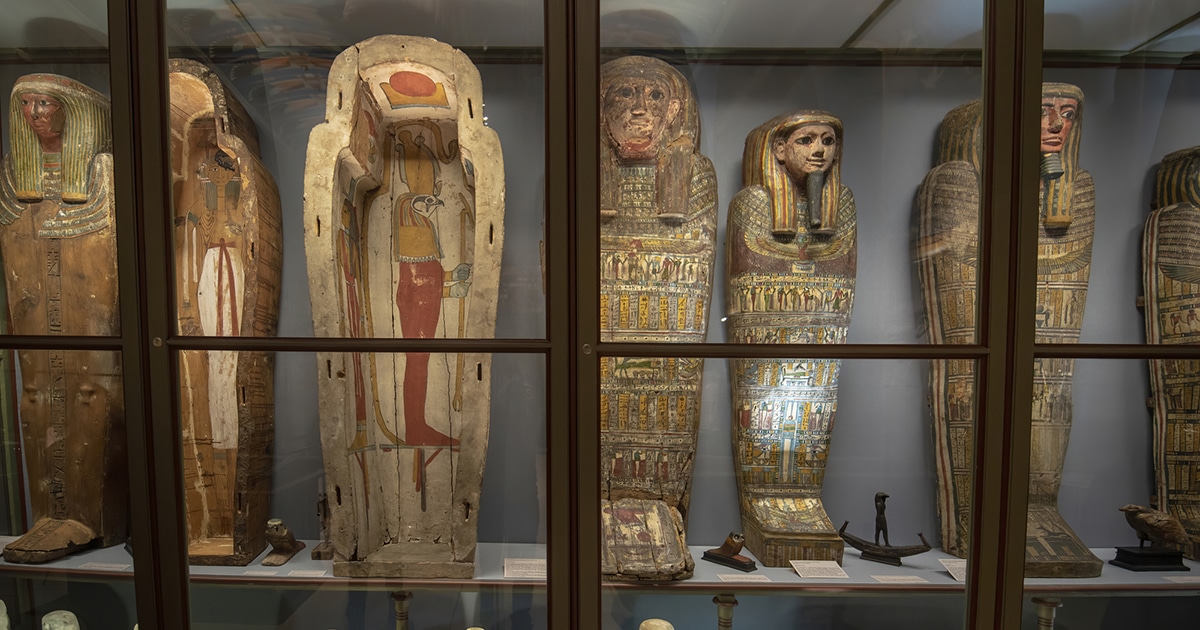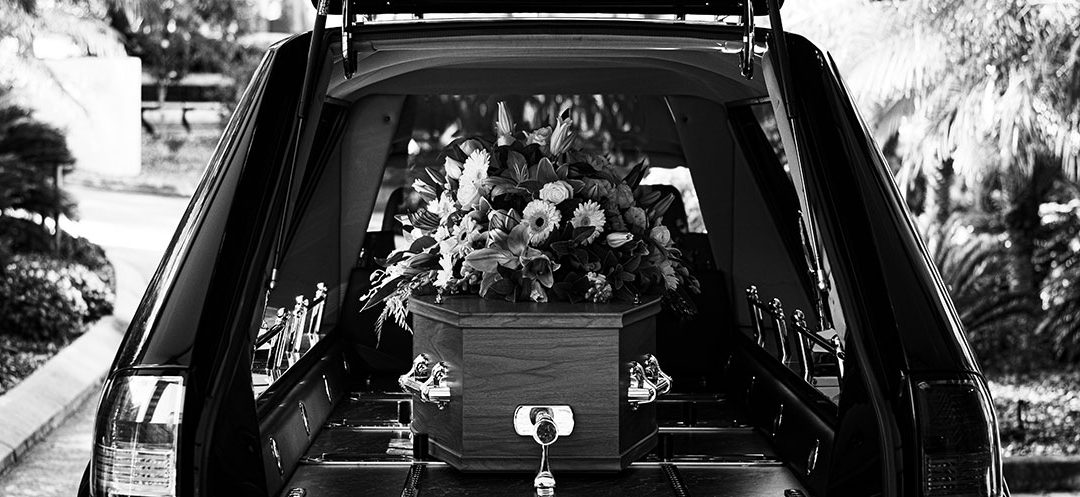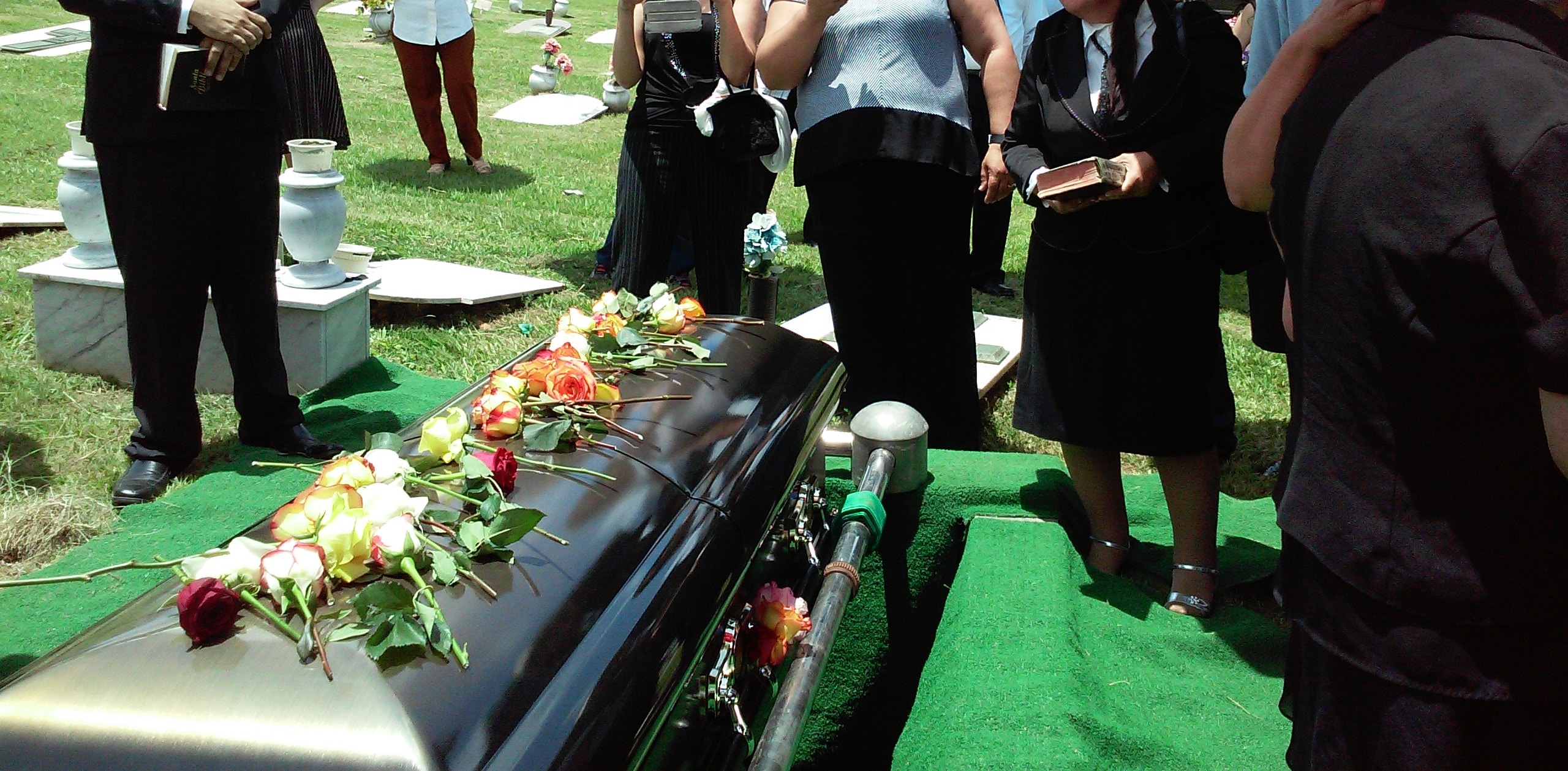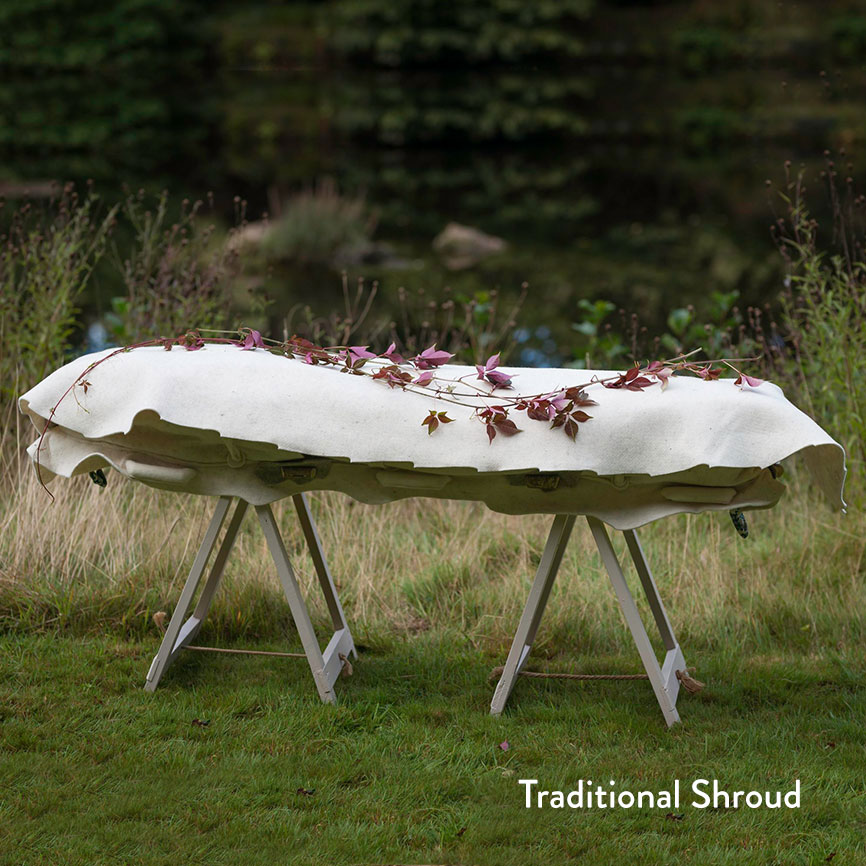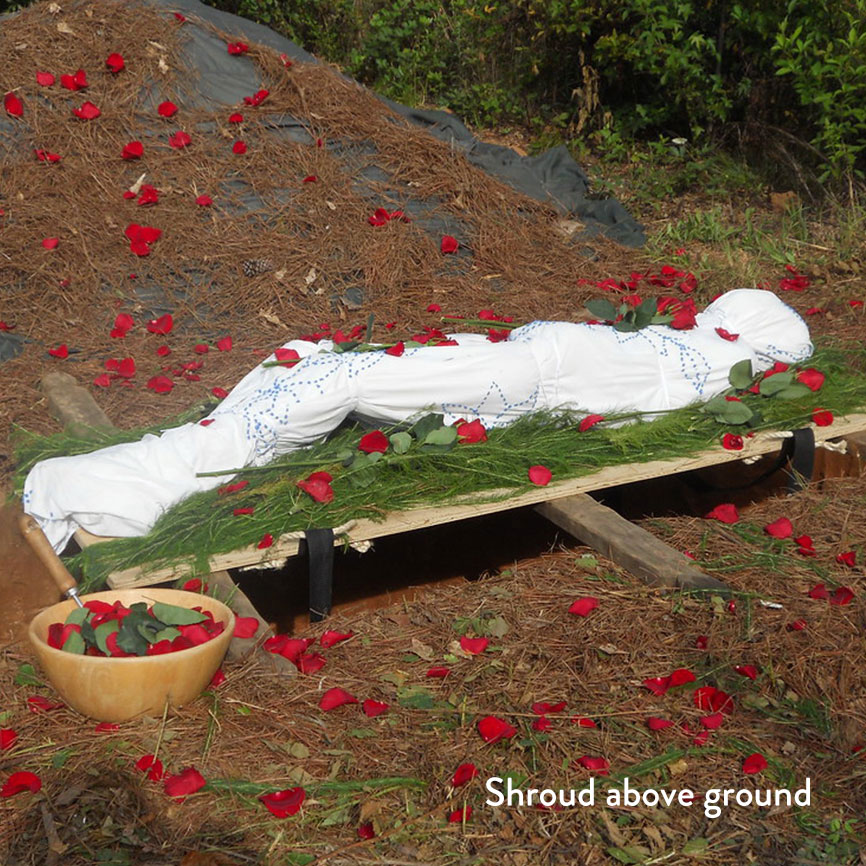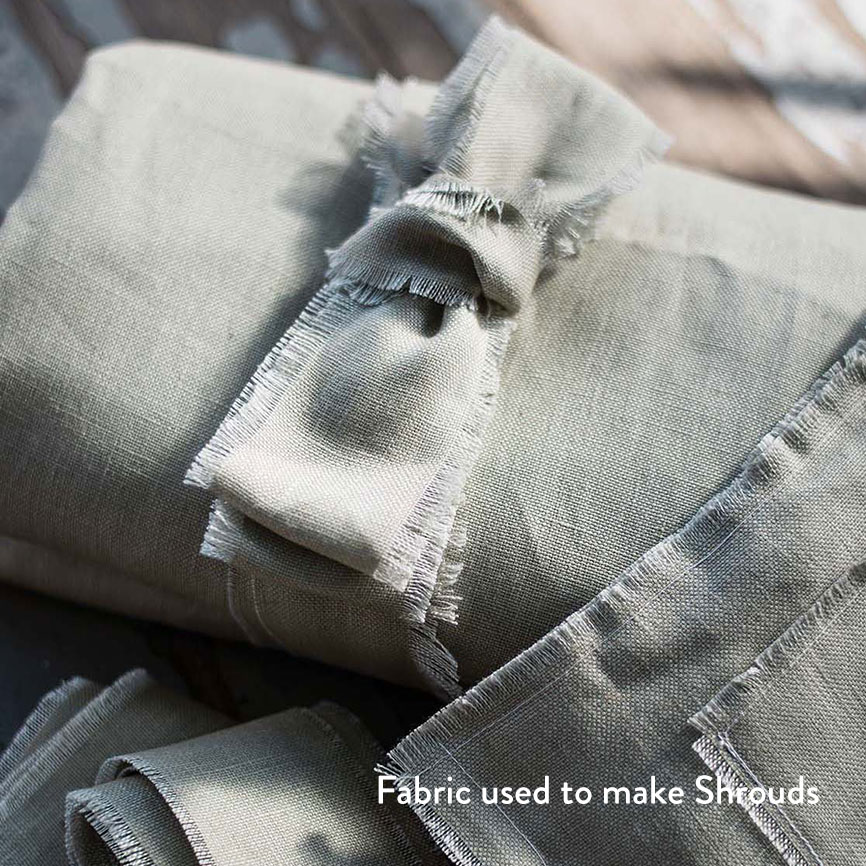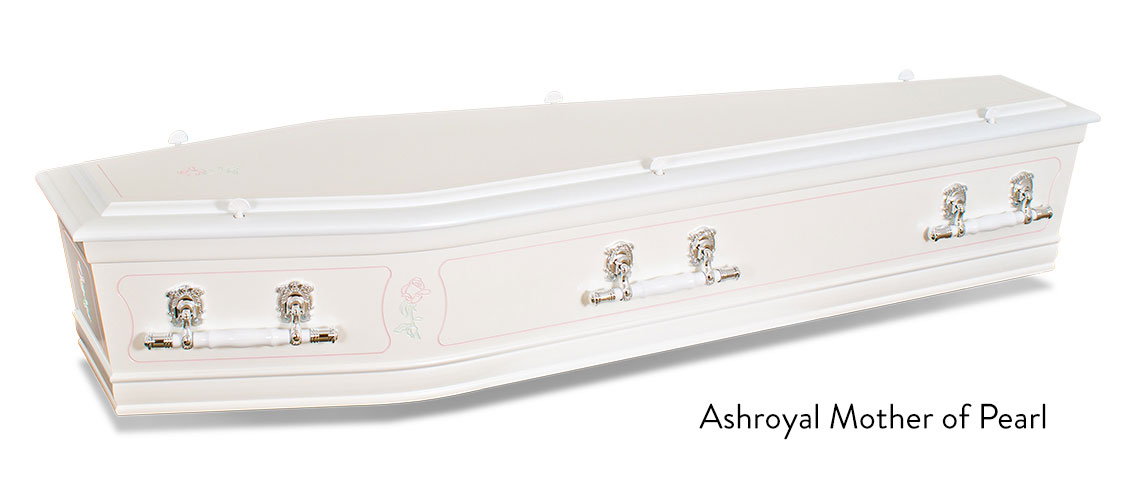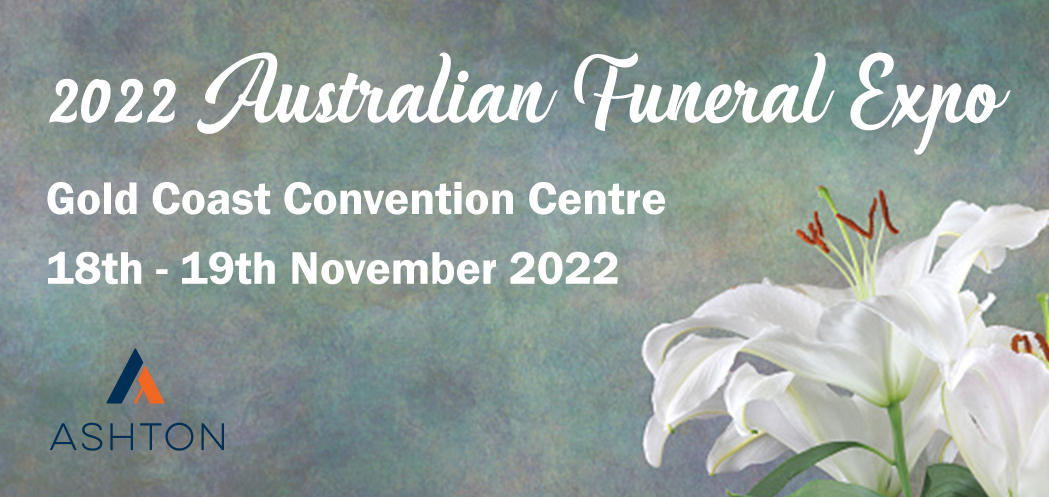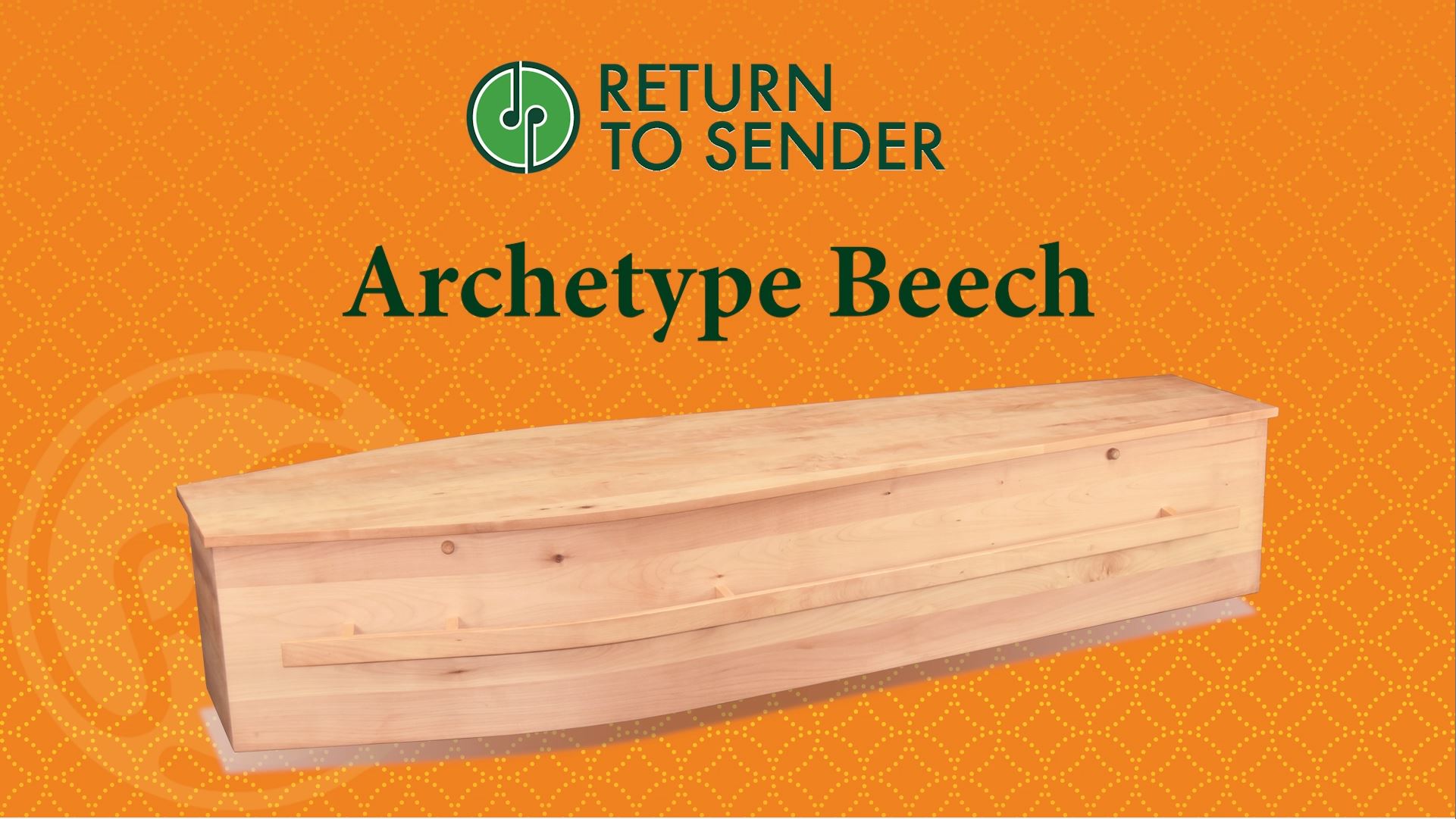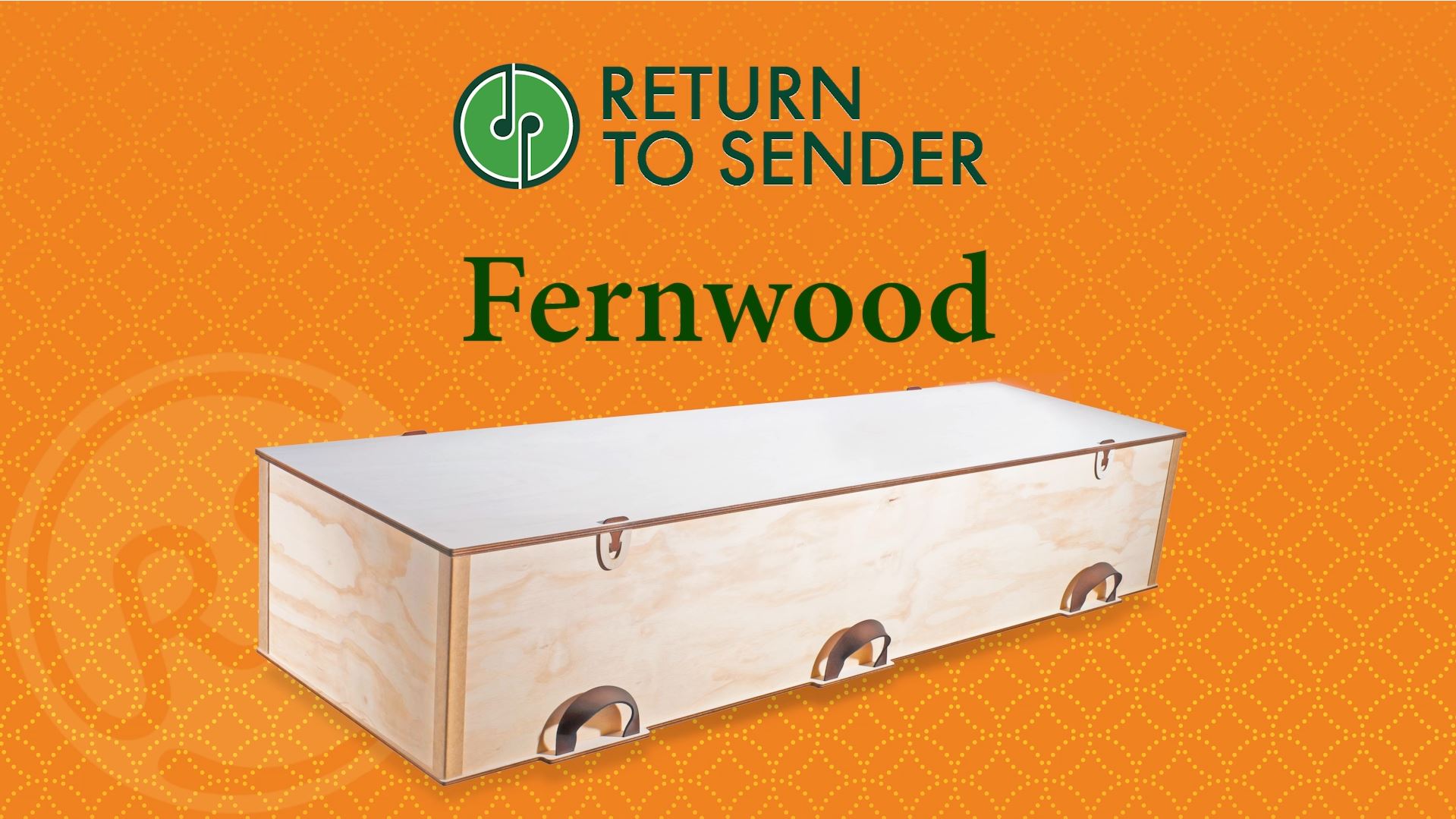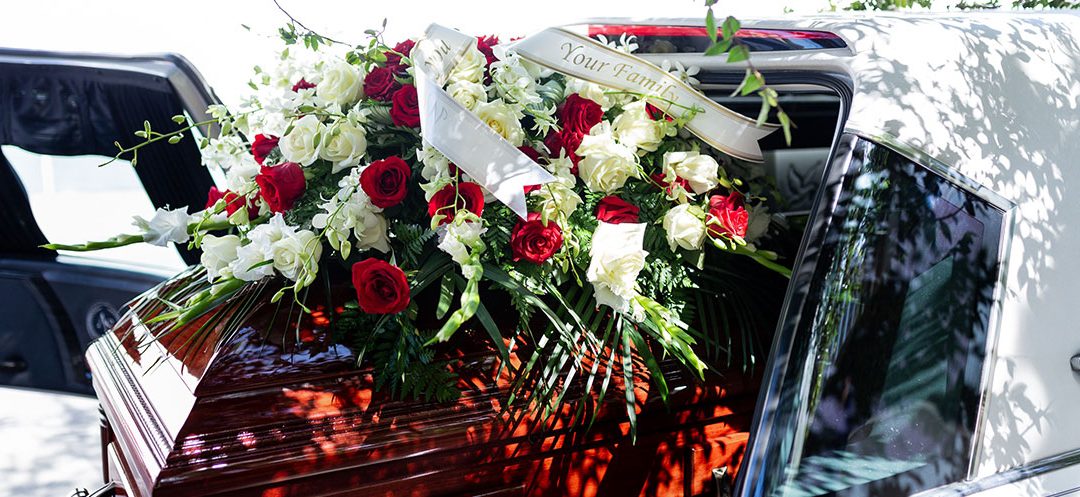
The Australian Funeral Industry
The Australian funeral industry is an important aspect of our society, providing services and support to individuals and families who are grieving the loss of a loved one. The industry offers a diverse range of services, from basic cremation or burial to more elaborate funeral ceremonies and has increasingly focused on sustainability and cultural sensitivity in recent years.
One of the key features of the Australian funeral industry is its regulation by state and territory governments. Funeral directors and other industry professionals must meet certain requirements to obtain and maintain their licenses. This regulation ensures that the industry operates in a professional and ethical manner and provides quality services to the community.

Professional associations also play an important role in supporting the Australian funeral industry. The Australian Funeral Directors Association (AFDA) and the Independent Funeral Directors Association of Australia (IFDAA) are two of the main associations that provide guidance, support, and resources to their members. These associations work to promote best practices, professionalism, and high ethical standards within the industry.
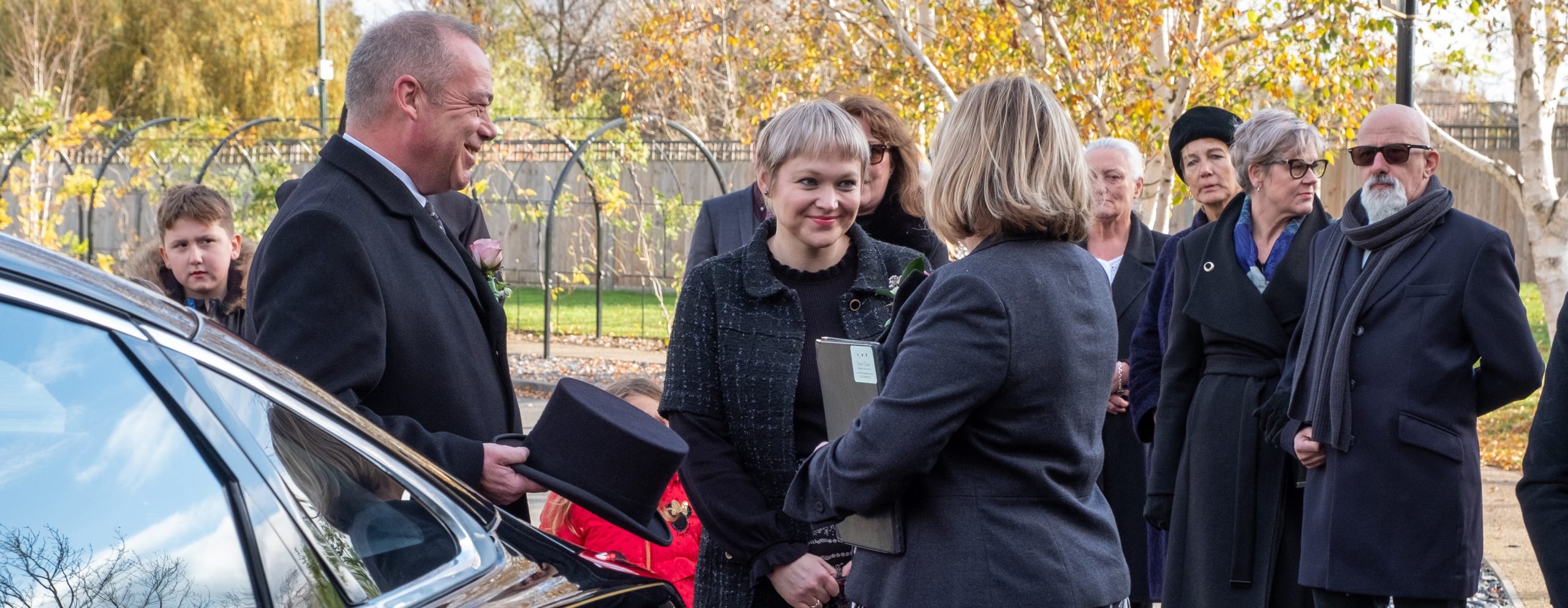
Sustainability is another key focus area of the Australian funeral industry. With increasing awareness of the impact of traditional burial and cremation methods on the environment, some funeral homes now offer eco-friendly options, such as biodegradable caskets and urns, natural burials, and green cremations. These options allow individuals to choose a more sustainable option for themselves or their loved ones.
The Australian funeral industry also recognizes and respects the cultural and religious diversity of the Australian population. Funeral homes may offer specific services and products to cater to different cultural and religious practices, such as traditional Indigenous funerals or Islamic burials. This cultural sensitivity is important in ensuring that individuals and families feel supported and respected during a difficult time.
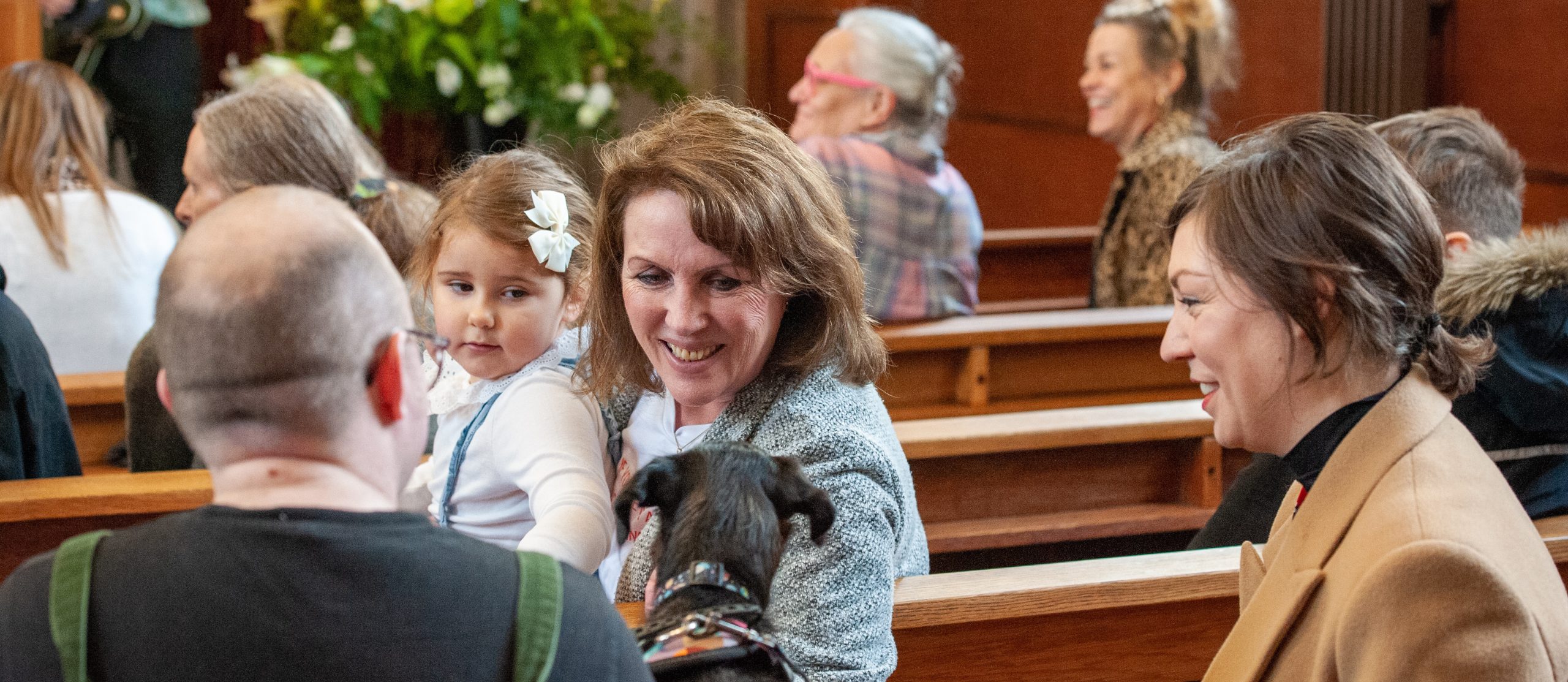
Overall, the Australian funeral industry provides an important service to individuals and families who are grieving, offering a range of services and products to support them during a difficult time. The industry’s focus on regulation, professionalism, sustainability, and cultural sensitivity ensures that it continues to provide high-quality services to the community, while also adapting to changing needs and values.

